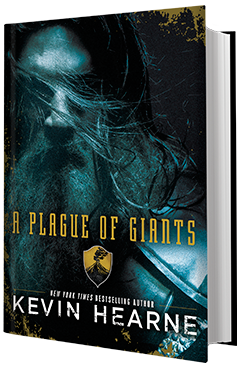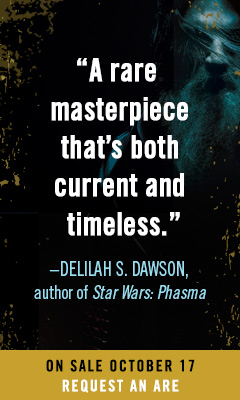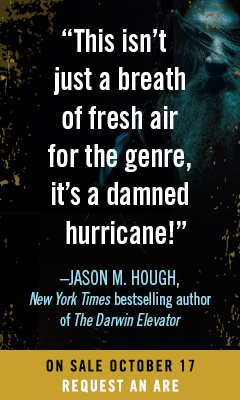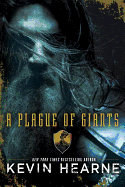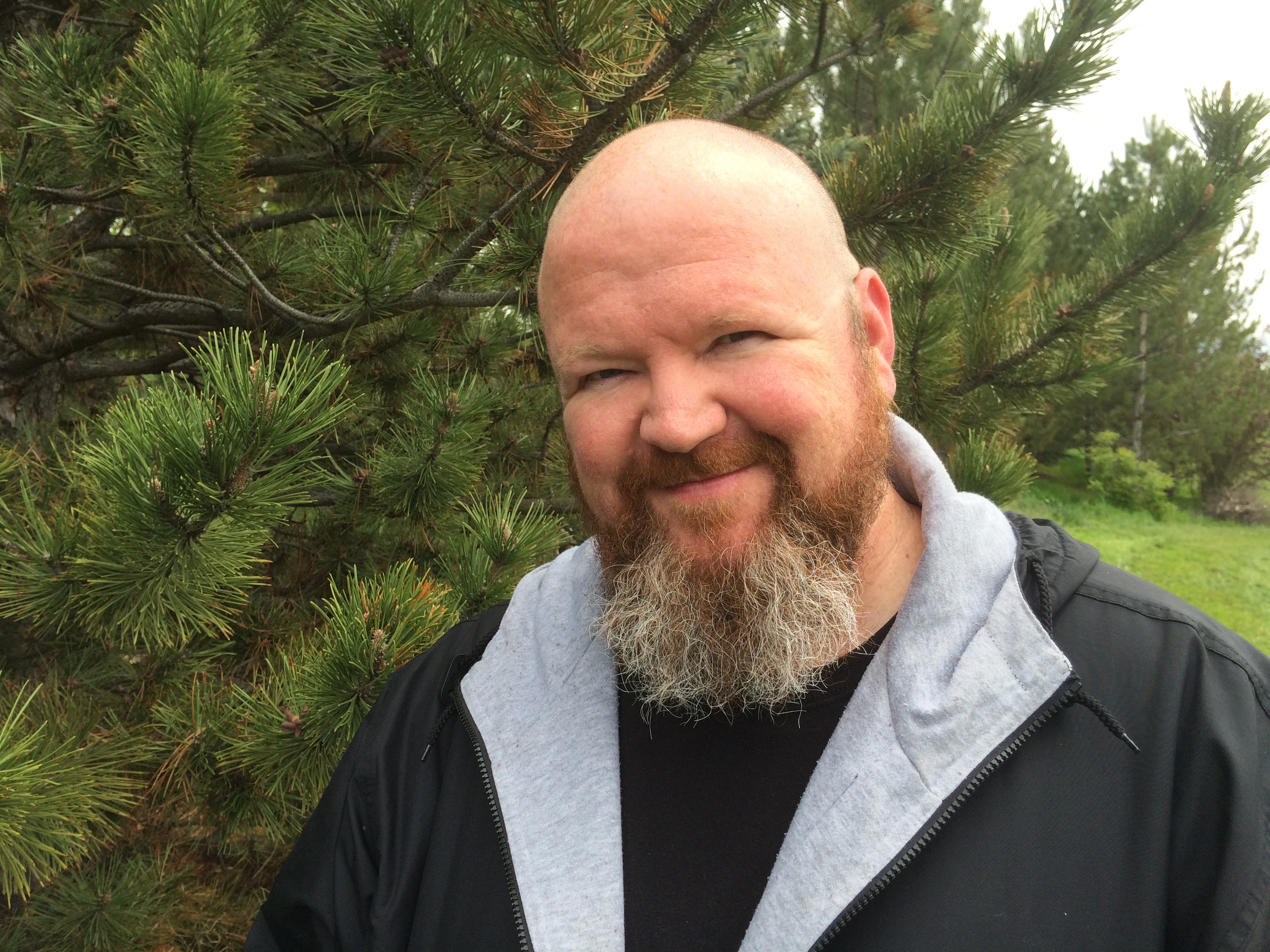A Plague of Giants
by Kevin Hearne
A Plague of Giants is a novel of epic proportions: with 11 point-of-view characters spread across several countries in the process of being invaded by giants, it might be an understatement to say there's a lot going on here. But in the masterful hands of Kevin Hearne (the Iron Druid Chronicles; Heir to the Jedi), these myriad storylines form a cohesive whole, an epic fantasy in which every last string is carefully woven into an impressive, absorbing story.
Hearne has chosen an unusual structure for A Plague of Giants. The entire narrative is framed as a bard's recollection of recent events, a series of happenings that has resulted in a land marred by war, sadness and refugees. Wrapped around that framing is the written account of the Bard's telling, as recorded by Dervan, a historian and out-of-work professor.
What is most impressive about Hearne's double-framing is the way the bard's performance intertwines with the present-day stories of the bard and his historian, moving steadily toward the ending the bard--and therefore Hearne--has promised to reach by the culmination of this planned series: the arrival of two defensive armies to seek out and attack the army of the Bone Giants.
But Fintan the Bard is not just any storyteller, and he's not out to tell just any story. As a Raelach bard, Fintan is gifted with the Third Kenning, a kind of magical power that grants him perfect memory and perfect recollection--as well as the ability to take on the physical form of those whose story he tells. Thus, over the course of his telling, Fintan embodies--in both look and voice--the point-of-view characters whose experiences make up A Plague of Giants.
As these 11 stories unfold, merging and diverging and blending and overlapping in ways both clever and surprising, the skill of Hearne's worldbuilding becomes apparent. In addition to mastering distinct voices and perspectives for each point-of-view character, Hearne brings to life a series of foreign, imagined countries, rich with their own cultures, traditions, religions, rituals and even clothing. Within these countries are specific kinds of magic known as "kenning," each tied to a country and unmistakably linked to the natural world. Raelachs (such as Fintan) are privy to the Third Kenning, which is of the earth. The Brynt kenning is of the water, allowing its people to sluice through and control the oceans. The Fornish commune with trees and plants, the Kaurians with air, the Hathrim with fire.
These kennings become crucial in the wars that unfold across the pages of Hearne's well-imagined landscape, as these countries, loosely banded together by an ancient treaty, face invasion by the two separate armies of attacking giants.
A Plague of Giants is a spectacular work of epic fantasy for its world building, the many voices it contains and its ability to weave the stories of everyday people facing commonplace challenges within an ambitious cast of secondary characters. As Hearne's carefully plotted story ebbs and flows in Fintan's regalings, readers are treated not only to the events that led the bard to his telling, but to the trials and tribulations of ordinary folk: a widow searching for new employment; a son worried about coming out to his parents; a husband who feels cast aside by his partner's dedication to his work. Further embedded within these tales is a drumming of suffering and defeat, of the very real-life impact of invading armies and battles and hurried magic on individuals and the ones they love.
"It's strange," says Fintan while dining out one day, "Looking out this window, you'd never think there was anything wrong with the world.... You'd forget people are absolutely miserable starting ten lengths behind us.... Well, my duty [is] to make sure people look through plenty of windows."
Fintan does just that, both for the imagined audience listening to his tale and the very real audience who will read Hearne's accounting of it.
It takes some time for A Plague of Giants to build--in no small part because of its massive scope and the encyclopedic amount of information that must be relayed for this imagined world make sense. The early pages feel much like the opening moves of games like chess or Risk: armies amass, battle plans are laid, a few actions have unintended consequences. But once the players are in place and their context understood, Hearne hurtles forward toward a conclusion that is at once satisfying and yet manages to leave much to be resolved in the planned-for books two and three. A Plague of Giants is a roller coaster, a whirlwind and an absolute delight, and will leave fans of epic fantasy hungry for the next installment in the Seven Kennings series. --Kerry McHugh



